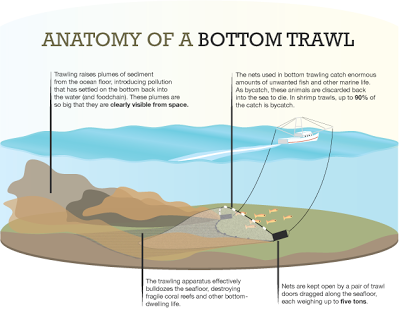7667766266
enquiry@shankarias.in
Why in news?
What is Bottom-trawling?

Why it is a source of conflict?
What measures taken by Sri Lanka?
What are the impacts?
What the Indian government proposes?
What is the way ahead?
Source: The Hindu
Shivane G T 8 years
Sir/Madam,
I need a clarification..why LTTE should denied access to Srilanka s north Tamil Majority?

IAS Parliament 8 years